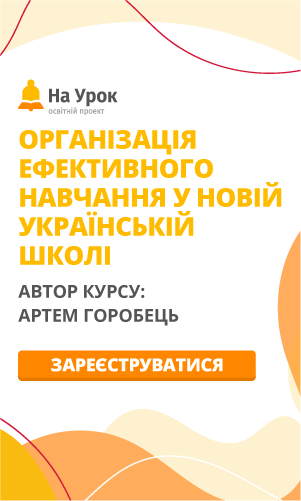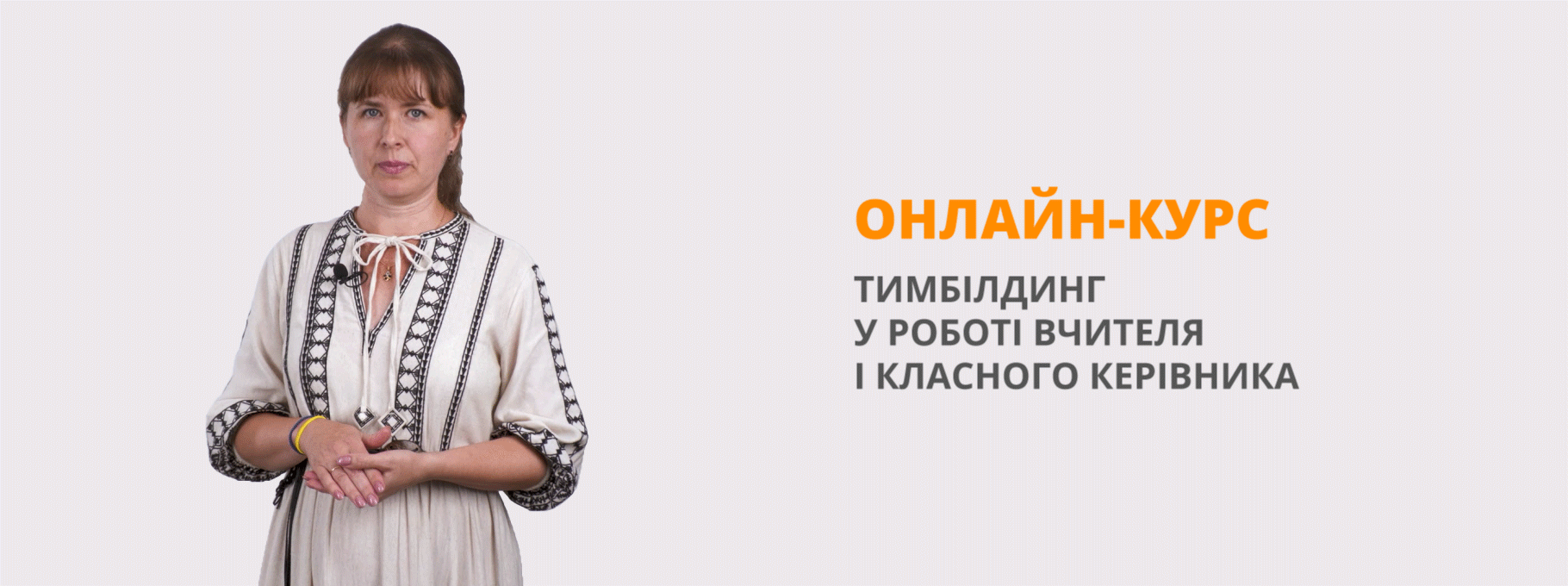How to make your homework related to life (based on lesson plan "Travelling")
How to make your homework related to life
Lesson Plan: Travelling
Level: B1 (Intermediate)
Objective:
- To improve vocabulary and expressions related to travelling.
- To practice speaking, listening, reading, and writing skills in the context of travel.
- To discuss travel preferences and experiences.
Key Vocabulary
- Places: destination, landmarks, countryside.
- Transport: plane, train, ferry, layover.
- Activities: sightseeing, hiking, relaxing, exploring.
- Travel Essentials: passport, itinerary, backpack, accommodation.
Lesson Outline
1. Warm-Up
Travel Brainstorming:
- Write "Travelling" on the board.
- Ask students: "What words or phrases come to mind when you think about travelling?"
- Elicit responses like airport, ticket, suitcase, adventure, sightseeing, etc.
Follow-Up Questions:
- Do you like travelling? Why or why not?
- What was your last trip?
2. Vocabulary Building
Materials: Flashcards or printed word lists.
Activity:
- Matching Exercise: Match travel-related words with their definitions (e.g., itinerary, backpack, destination, layover, accommodation).
- Practice Pronunciation: Drill difficult words together as a class.
a) Match the Words with Their Definitions
- Itinerary
- Backpack
- Destination
- Layover
- Accommodation
- Souvenir
- Passport
- Travel Agent
- Sightseeing
- Currency Exchange
A. A stop between flights when traveling to a final destination.
B. A detailed plan of a journey, including places to visit and times.
C. A place where someone stays while traveling, such as a hotel or hostel.
D. The act of visiting famous or interesting places in a city or area.
E. The person who helps you book trips, flights, or holidays.
F. A small item bought to remind you of a place you visited.
G. A document that allows you to travel to another country.
H. The final place you are traveling to.
I. A lightweight bag carried on your back, often used by travelers.
J. A service where you can trade money from one country for another.
Answer Key:
1 - B
2 - I
3 - H
4 - A
5 - C
6 - F
7 - G
8 - E
9 - D
10 - J
b) Fill in the Blanks Complete the sentences with the correct word:
- Our final __________ is Paris, where we’ll spend three days. (destination)
- I love visiting __________ like the Eiffel Tower and Big Ben. (landmarks)
- We stayed in a small cottage in the __________ during our trip. (countryside)
- The __________ was delayed, so we missed our connecting flight. (plane)
- We took a __________ across the river to reach the island. (ferry)
c) Correct the Mistakes Find and correct the mistakes in these sentences:
- I forgot my passports at home. (passport)
- The train journey was very relaxing, and I enjoyed the sighseeing. (sightseeing)
- Our accomodation was located near the city center. (accommodation)
- She brought a small backpack for hiking, but forgot the itinerarys. (itineraries)
d) Sentence Transformation Rewrite the sentences using the word in brackets:
-
We’ll stop in Frankfurt for a short time before flying to Tokyo. (layover)
We’ll have a layover in Frankfurt before flying to Tokyo. -
I’m planning to explore the mountains this weekend. (exploring)
I’m planning on exploring the mountains this weekend. -
Visiting historical places is my favorite activity when I travel. (sightseeing)
Sightseeing is my favorite activity when I travel.
3. Reading Activities
Activity 1: Travel Blog Reading Blog Post:
Last summer, I visited the beautiful city of Prague in the Czech Republic. It was my first time in Eastern Europe, and I was amazed by the stunning architecture and rich history. My favorite part of the trip was exploring the Old Town Square and seeing the Astronomical Clock. I also took a day trip to Kutná Hora to visit the famous Bone Church—it was both eerie and fascinating! I stayed in a cozy hotel near Charles Bridge, which made it easy to walk to most of the attractions. The local food was delicious, especially the trdelník, a sweet pastry sold on every corner. I can’t wait to return to Prague someday!
Comprehension Questions:
- Where did the person travel?
- What was their favorite part of the trip?
- What unique place did they visit on a day trip?
- Where did they stay?
- What local food did they enjoy?
4. Speaking Activities
a) Travel Story Sharing
- Students take turns sharing a memorable travel experience or a dream trip.
-
Use guiding questions:
- Where did you go or want to go?
- What made the trip special?
- Who did you travel with?
b) A travel-themed game
"20 Questions," where students guess a travel destination based on yes/no questions.
Rules:
- One student thinks of a travel destination (e.g., Paris, the Great Wall of China, a beach in Bali) but does not say it aloud.
-
The rest of the class takes turns asking yes/no questions to guess the destination. Examples:
- Is it in Europe?
- Is it a famous landmark?
- Can you get there by train?
- The student who thinks of the destination can only answer "yes" or "no."
- A maximum of 20 questions can be asked.
- If the class guesses correctly within 20 questions, they win. If not, the student reveals the destination.
- Rotate roles so everyone gets a chance to think of a destination.
Homework
Different variants of homework related to life
Students design a brochure for a travel destination (real or imaginary).
Requirements:
- A brief description of the place.
- Suggested activities and attractions.
- Accommodation and transport options.
- Include at least one image (drawn, printed, or digital).
Students prepare a travel plan for a 3-day trip to a destination of their choice.
Details to Include:
- Destination and transport.
- Daily itinerary (e.g., sightseeing, activities, meals).
- Estimated budget for the trip.
- Book a Hotel
Students decide which hotel to book on Booking.com and present their choice.When booking a hotel, several factors should be considered to ensure a comfortable and satisfactory stay:
1. Location
- Proximity to your destination: Choose a hotel close to the places you plan to visit (e.g., attractions, business venues).
- Access to transportation: Ensure it is near public transport, like metro stations or bus stops, for convenience.
- Safety of the area: Research the neighborhood for safety, especially if you'll be out late.
2. Price
- Budget: Compare prices across various platforms. Use price comparison tools to find the best deal.
- Hidden fees: Watch out for extra costs like resort fees, taxes, or parking charges that might not be included in the initial price.
- Cancellation policy: Check if there are fees for cancellation or changes in case your plans shift.
3. Hotel Amenities
- Basic facilities: Look for essentials such as Wi-Fi, air conditioning, heating, and toiletries.
- Additional services: Consider perks like a gym, swimming pool, breakfast, or airport shuttle if they matter to you.
- Parking: Check for parking availability if you have a car and whether it is free or paid.
4. Reviews and Ratings
- Guest reviews: Check reviews on booking platforms (like TripAdvisor, Google, or Booking.com) for feedback on cleanliness, service, and overall quality.
- Star ratings: Pay attention to the hotel’s star rating as a general quality indicator, but be sure to read specific reviews.
5. Type of Accommodation
- Room size and type: Check room descriptions to ensure they fit your needs (e.g., family rooms, suites).
- Bed preferences: Confirm bed configurations (twin, queen, or king).
- Accessibility: Ensure the hotel meets any special requirements, such as wheelchair access or elevators.
6. Check-In/Check-Out Policies
- Flexible check-in/check-out times: Make sure the timing aligns with your travel schedule. Early check-in or late check-out might incur additional fees.
- 24-hour front desk: If you’re arriving late, confirm that the reception is open round the clock.
7. Security
- Security features: Look for secure locks, in-room safes, and 24-hour front desk services.
- COVID-19 protocols: Inquire about hygiene practices, especially if health and safety are a concern for you.
Taking these into account students will choose the most suitable hotel for their trip!


про публікацію авторської розробки
Додати розробку
